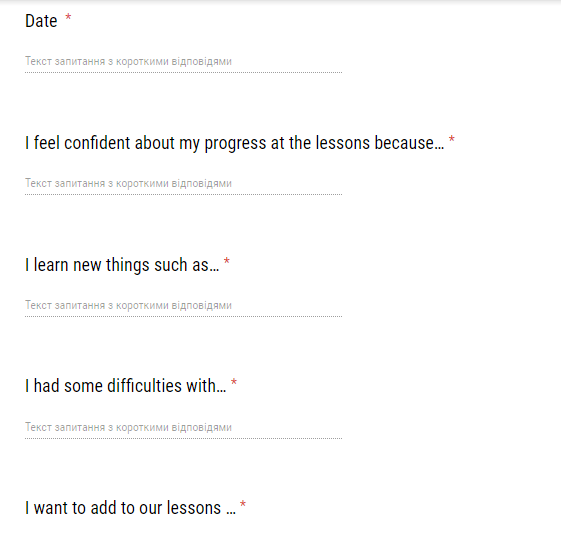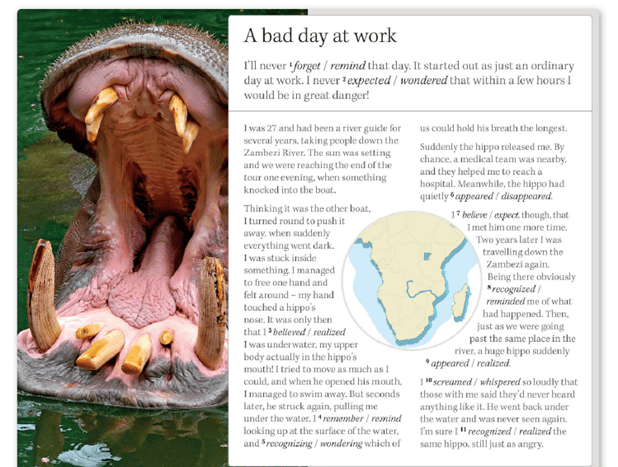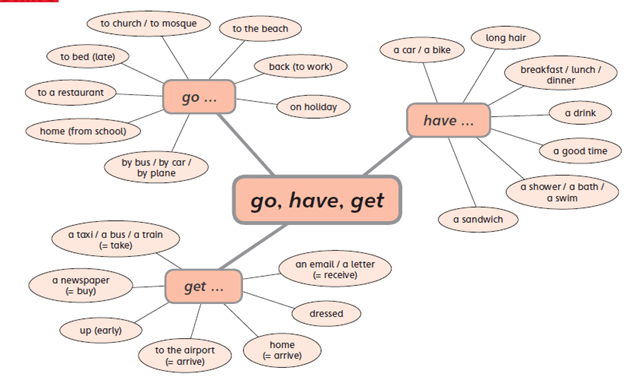By Yuliia Bilonoh
When teaching one to one we often have to make more effort to keep our students interested and to make the lessons relevant to them and only them. If they don’t find the lessons interesting or valuable and especially as they or their company are paying, they can give up, which is not only demotivating and disappointing for us as teachers, but financially disastrous if this is how we make our living. Therefore, as course designers we have to go that extra mile, and initially we have to make an effort to get to know our students, their likes and preferences and their personality and character so we can give them that value for money, but it doesn’t have to take too long and it doesn’t need too much effort.
Change a lead-in and pre-tasks in the coursebook according to your student’s interests.
I have one intermediate student who is interested in Sci-Fi. The topic of our lesson was ‘Past tenses’. Grammar is neither his strong point nor something considered to be important, so, if I had used a standard lead-in to the text ‘A bad day at work’ and asked ‘What do you consider to be a bad day at work?’, my introverted student would have answered with one sentence that his colleagues were boring and most of his office days were bad. I needed to spice it up a bit which wasn’t difficult as I knew about his passion, and so instead I lead in by asking what books he liked to read and so he started to describe a book he was particularly interested in. I helped him with his past tenses and so a pleasant hour passed and he had talked about a subject he loved and learnt at the same time.
Implement the elements of a Flipped classroom.
This leaves more space for speaking. Even with elementary students onе-on-one, I make the lessons more communicative and less mechanical.
With my elementary students I do plenty of speaking tasks: discussions, roleplays etc. If I need grammar input I try to do it closer to the end of the lesson. This means that I manage to have presentation and clarification stages and just one controlled practice exercise which I try to make more engaging by using visuals. Then the rest of non-communicative exercises are done by my student at home and in the lesson we have lots of production.
I do the same with the higher levels. Why waste your time reading a huge complicated text in the lesson if you have only 45-50 mins?
I must admit, however that flipped classroom elements work better if your students are really motivated, but they should be motivated to some extent if you talk about and engage in subjects they are interested in.
Use more authentic and practical tasks.
Doing a needs analysis is extremely important before starting a one to one course. It will certainly help to make the lessons relevant and teach the student exactly what he or she needs. If my student wants to learn English for travelling, for example, almost every task will be connected to it.
For example,
Topic ‘Food’: I give him a real online menu and ask to make an order.
Topic ‘Comparatives’: I ask him to choose his next destination and I find two hotels (links to their websites) and ask to compare them.
Give additional tasks which aren’t in your coursebook.
One of my students told me that she didn’t want to continue her lessons with her previous teacher because she had never given her any tasks beyond her book. ‘I could read my book at home myself’, Olga says.
I always try to find something interesting for my students beyond their book or to elaborate on the book. This can been the form of a short video for discussion based on the topic of the lesson or a provoking photo but if possible it is also centred around the students or their interests.This makes the lesson more interesting and smoother. And overall more enjoyable. It is certainly more interesting for me than doing the same chapters time and time.
Teaching one to one means that we can also focus on a student’s weaker points and continually revise vocabulary. 80% of my students want to revise vocabulary every lesson. Sometimes for revision I need only a mind map to ask for example:
a) What did did you do or not do yesterday?
b) Choose the phrases to talk about hobbies/ everyday routines/ work
c) Give a definition of a phrases and I will guess the word.
I particularly like the ‘get,have,go mind map’ from English File elementary 3d edition.
Be genuinely interested in your students
We all want to like our students and most of the time we do. This is particularly important when we only have one student to teach. Without being too personal we can elicit certain information from them to help with continuity in the lessons and to find some common ground. e.g. How is your cat doing? Discussing topical affairs s useful as a warm up and to find out our students’ opinions as well. If the warm up can be connected to the topic or aim of the lesson, then that is all the better
Ask for a feedback.
At the end of the lesson collect feedback. This is useful not only because it tells you what the student enjoyed about the lesson but it also lets you know in a subtle way what they learned or picked up and therefore might hopefully retain. It also demonstrates to the student what he has learnt. This can be particularly useful in a speaking lesson. It is possible that a student may feel the lesson has been wasted because all you did was speak and in the first instance he may not have understood the relevance of the conversation. Asking your student, “What was the most useful/ interesting for you today? What things would you like to change?”, can be very valuable for both sides.

It is possible to send students a written form for feedback. and then you can alter your lessons according to your students opinions and they will have a feeling that they have control over their own studies. This can be done with the help of google forms.
Teaching one to one can be a great joy and it certainly keeps you on your toes as there is no room for complacency in a highly competitive market. If you have any tips on how to make your individual lessons more interesting please let me know.






